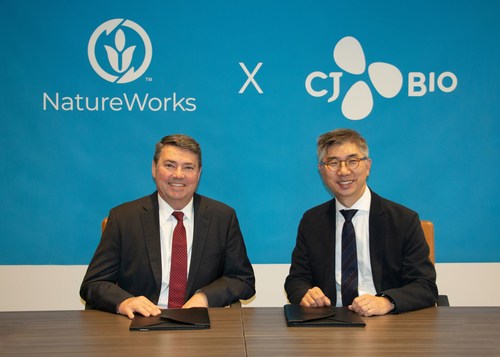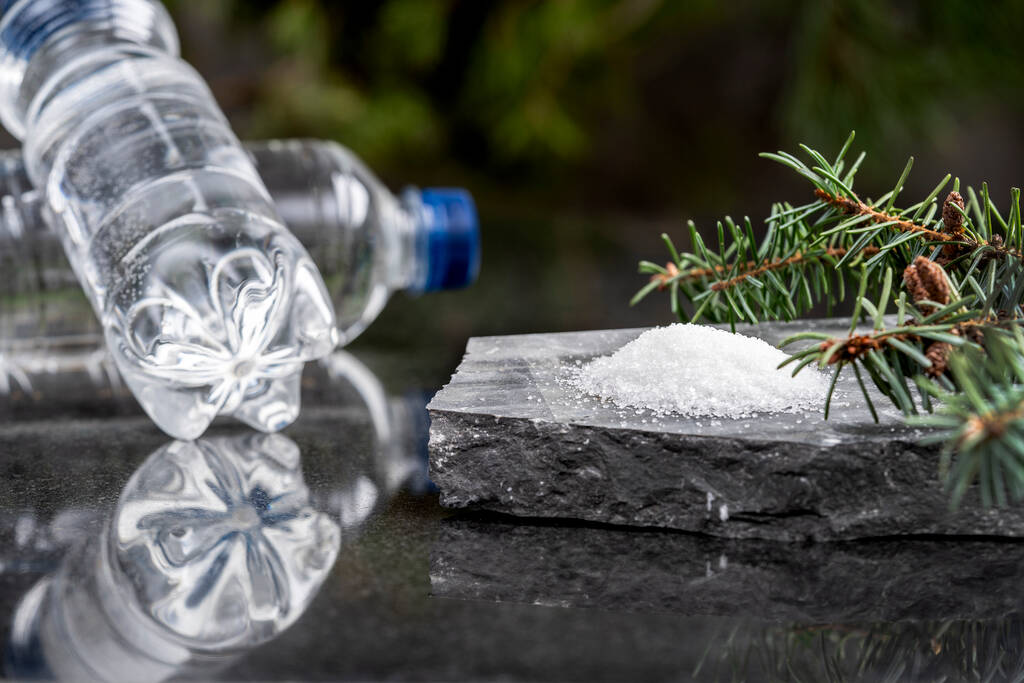I’ve been attending the 7th World PLA Congress this week reacquainting myself with the polylactic acid (PLA) and lactic acid/lactide markets.
According to the 2021 Nova Institute data, the global market size for PLA last year (in terms of capacity) is at 450 ktpa although engineering and process technology firm Uhde Inventa Fischer thinks that this volume might be slightly bigger. PLA’s market size is expected to almost double to 800 ktpa by 2026 with 4-7 new PLA plants being built until 2026. The challenge for PLA’s growth is that the lactic acid market is very small with only few producers. PLA’s capacity growth of 350 ktpa from 2021 to 2026 will require roughly around 500 ktpa of lactic acid, which Uhde noted corresponds to the current actual size of the lactic acid market. Another problem is that there are also very few producers of polymer-grade lactic acid.
Nevertheless, the two major PLA producers, NatureWorks and TotalEnergies Corbion, are currently expanding both their lactic acid supply and PLA capacities. The two companies have also been constantly developing more PLA applications through partnerships. Yesterday, NatureWorks announced that it has signed a letter of intent to collaborate with CJ Bio, a division of South Korea-based CJ CheilJedang and a producer of PHA (polyhydroxyalkanoate) resins. The two companies will work together to develop sustainable materials solutions based on CJ Bio’s PHACT® Marine Biodegradable Polymers and NatureWorks’ Ingeo™ PLA biomaterials technology. The goal of the agreement is to develop high-performance biopolymers that will replace fossil fuel-based plastics in applications ranging from compostable food packaging and food service ware to personal care, and beyond.
CJ Bio recently announced commercial-scale production of PHA following the inauguration of a new production facility in Pasuruan, Indonesia. The company claims to be the only company in the world today that is producing amorphous PHA (aPHA), including the first product under its new PHACT brand, named PHACT A1000P. Amorphous PHA is a softer, more rubbery version of PHA that offers fundamentally different performance characteristics than crystalline or semi-crystalline forms of PHA. Modifying PLA with amorphous PHA reportedly leads to improvements in mechanical properties, such as toughness, and ductility, while maintaining clarity. It also allows adjustment in the biodegradability of PLA and can potentially lead to a home compostable product.
The two companies say that the LOI is the start of what is expected to be a long-term relationship between NatureWorks and CJ BIO and are aiming to sign a master collaboration agreement in the near future.
Late last year, TotalEnergies Corbion and PHA producer Danimer Scientific also entered into a long-term collaborative arrangement for the supply of Luminy® PLA. This agreement reportedly enhances Danimer’s ability to fulfill customer needs for resins that require a blend of PLA- and PHA-based inputs. Danimer works with each of its customers to develop customized formulas for biobased resins that meet biodegradability and functionality expectations. Blending various inputs, such as PHA and PLA, reportedly enables Danimer to expand the applications of its materials across a number of different industries.




